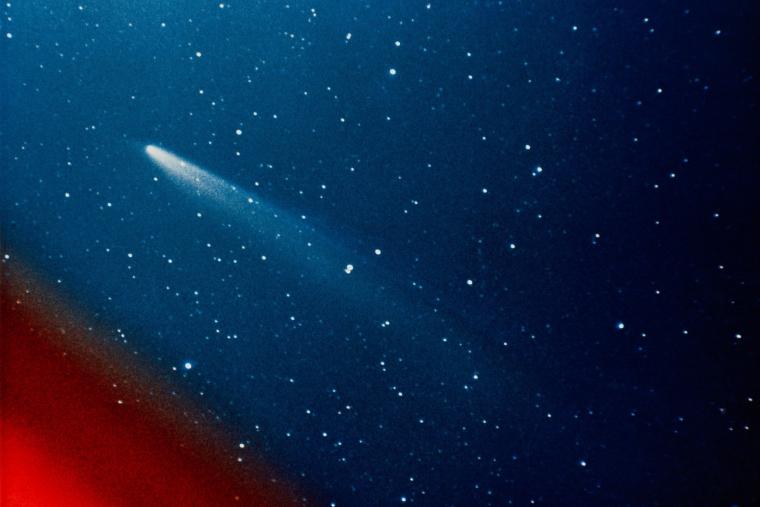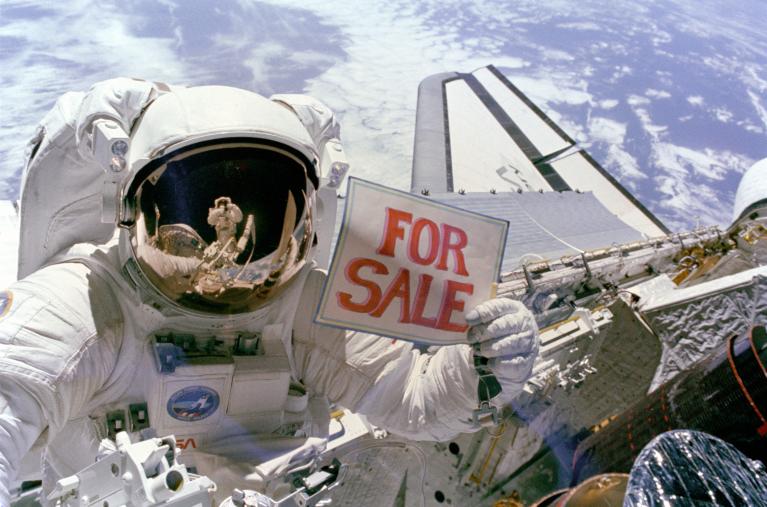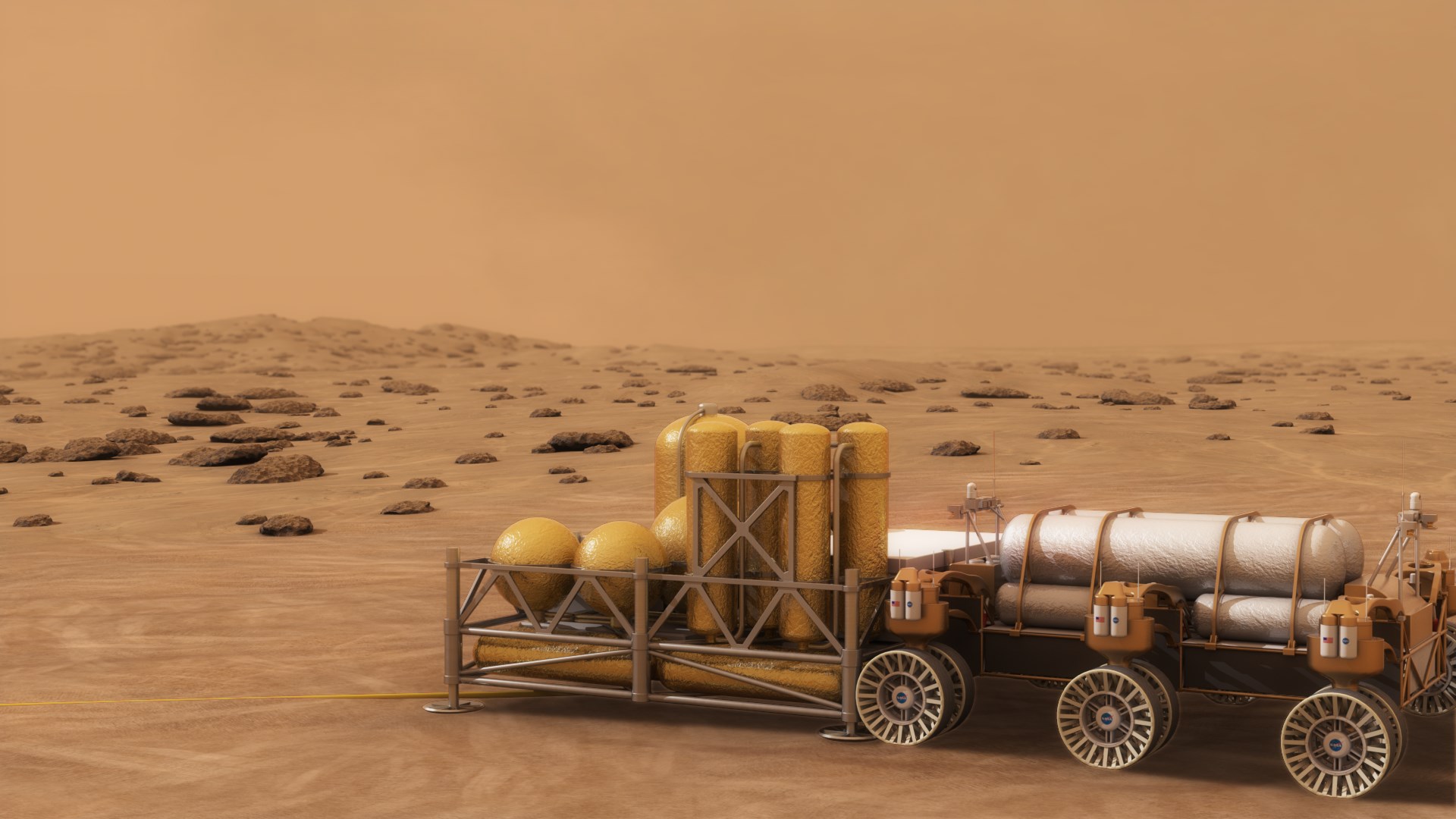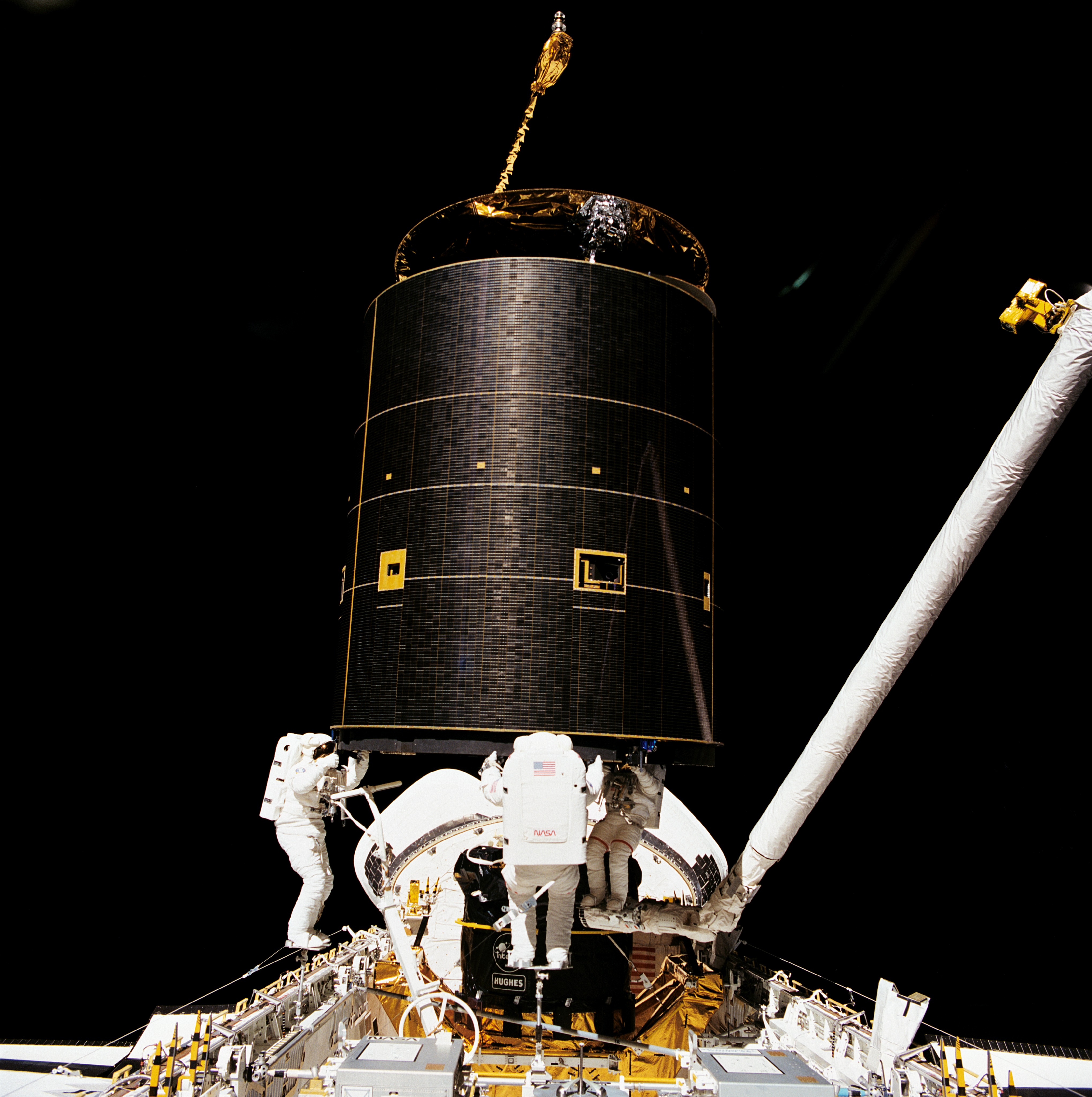Discovering comets is one of the fields that amateurs can still make a regular contribution to astronomy. But more and more telescopes are getting found by spacecraft, automated systems and machine learning. This week, we’ll talk about how comets are discovered and how you can get your name on one.











